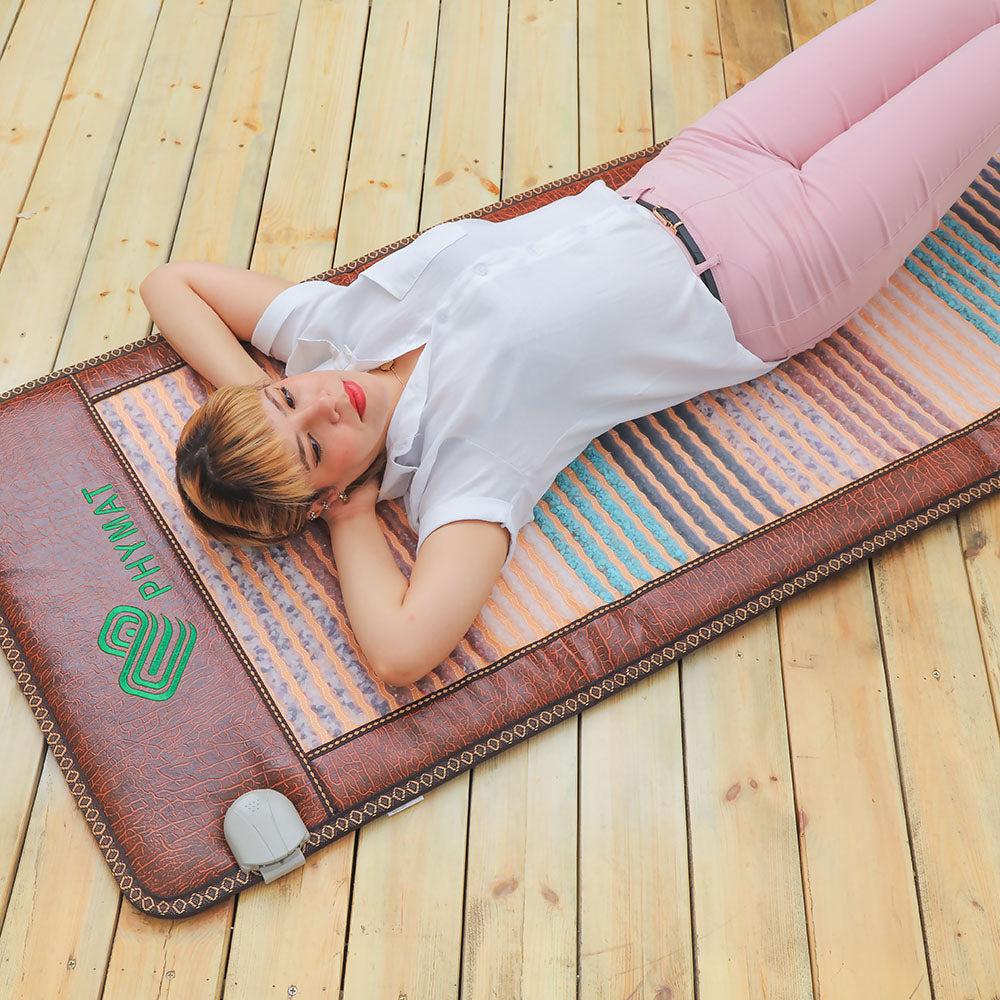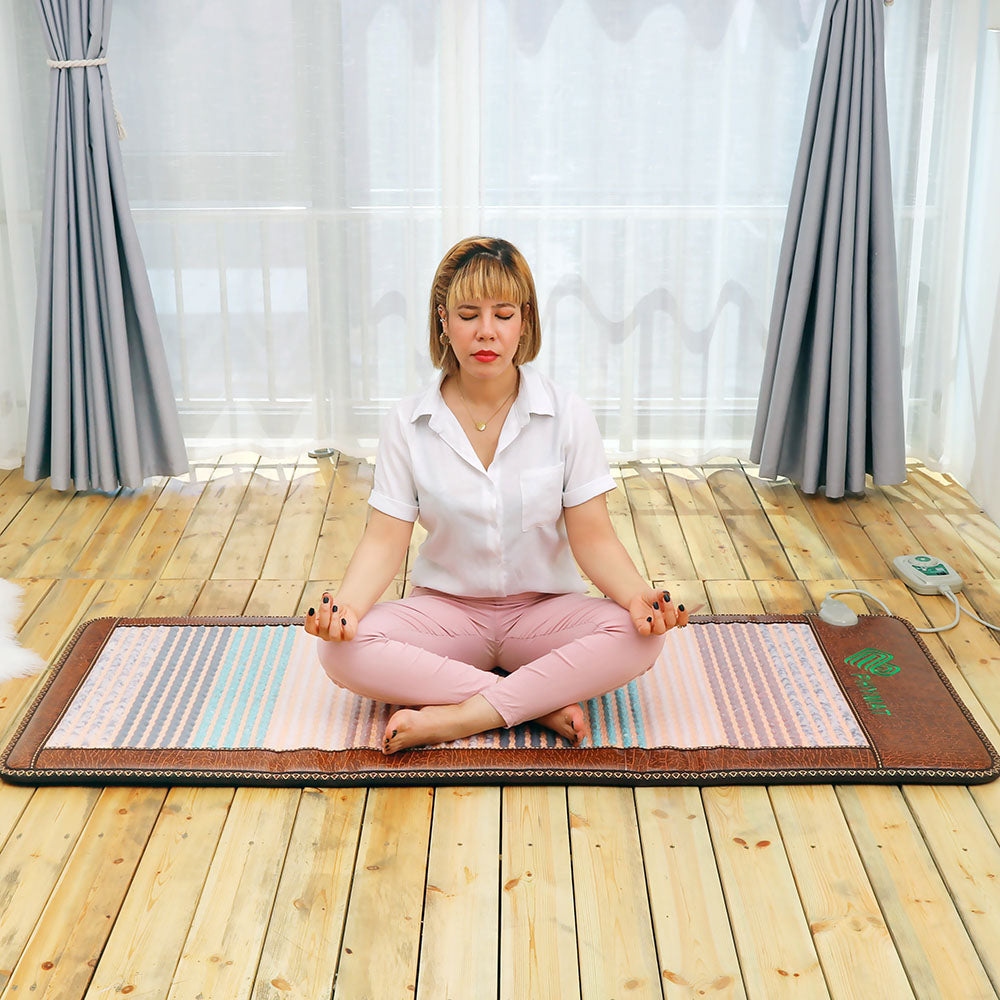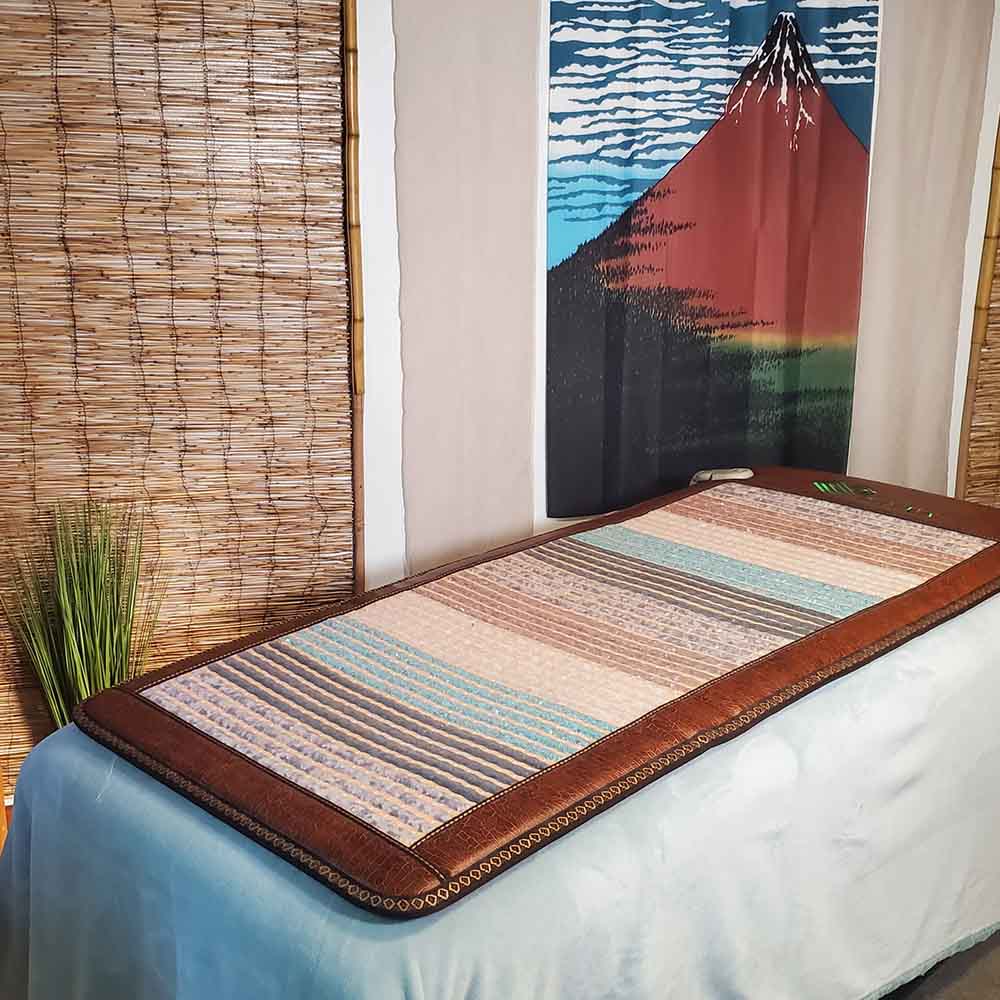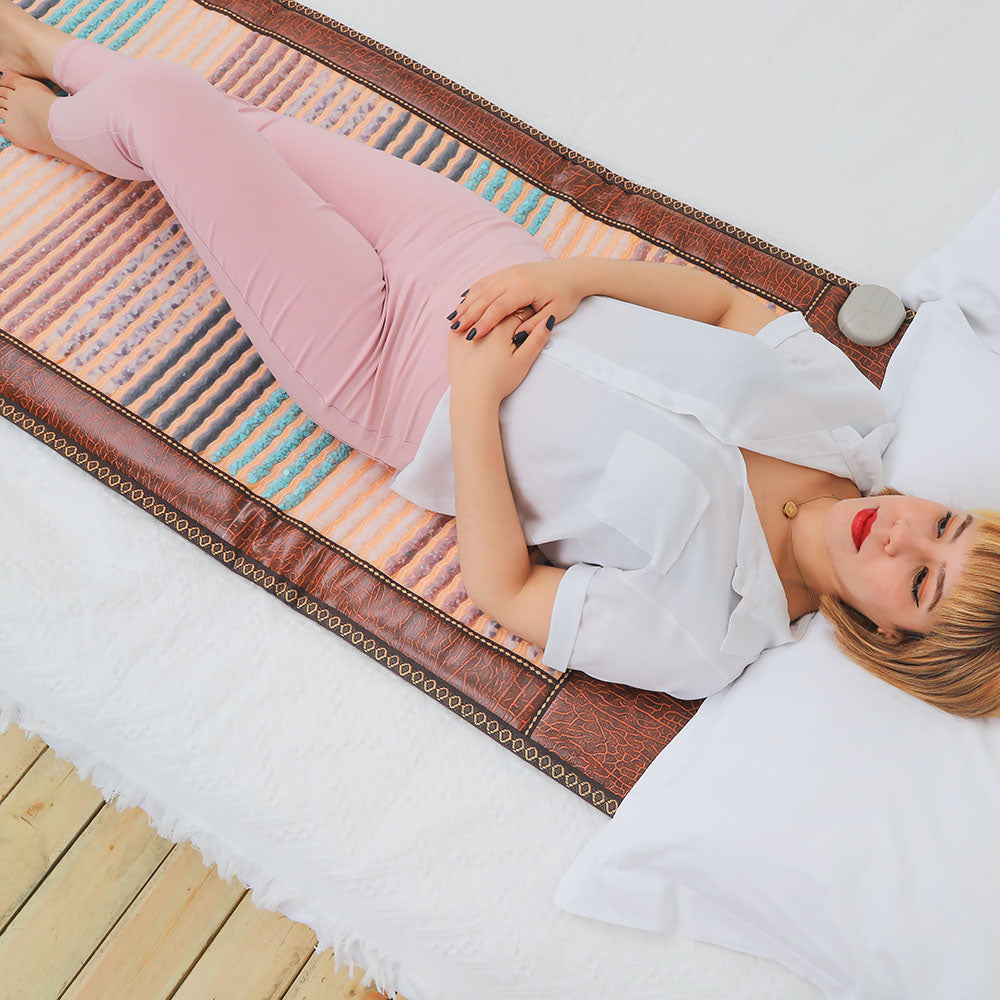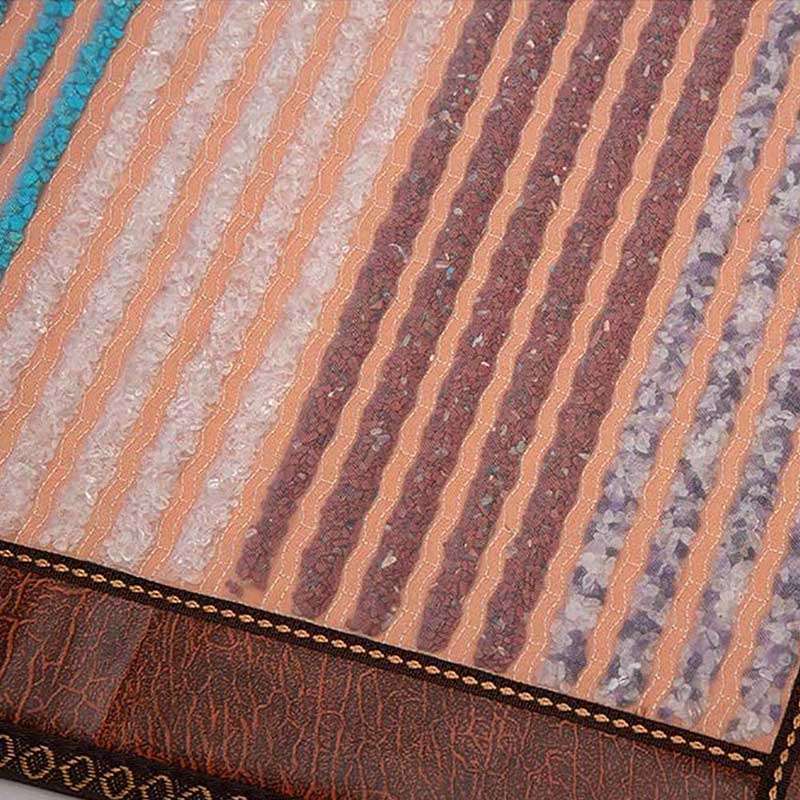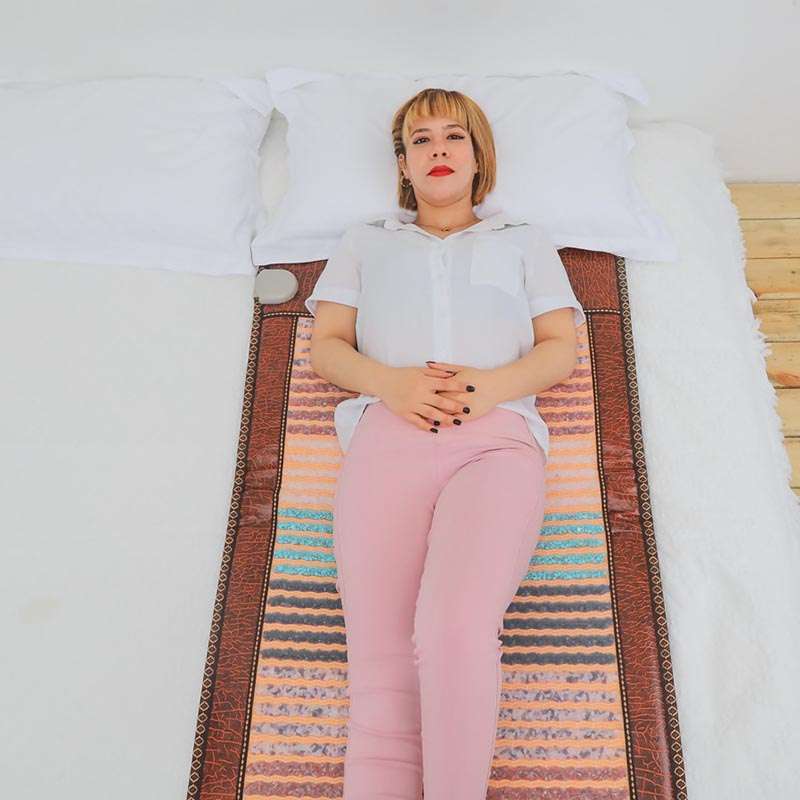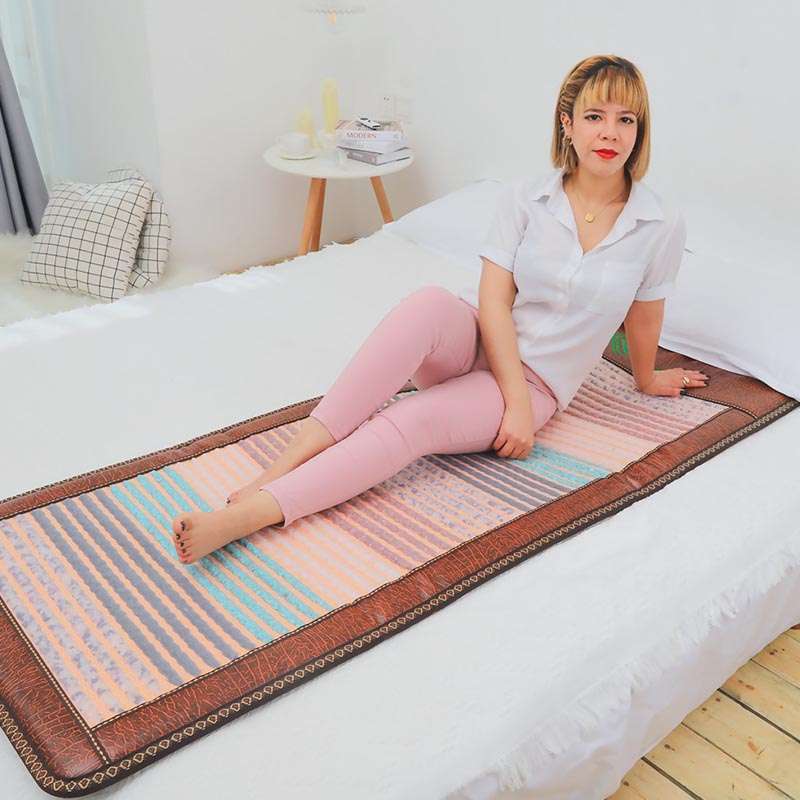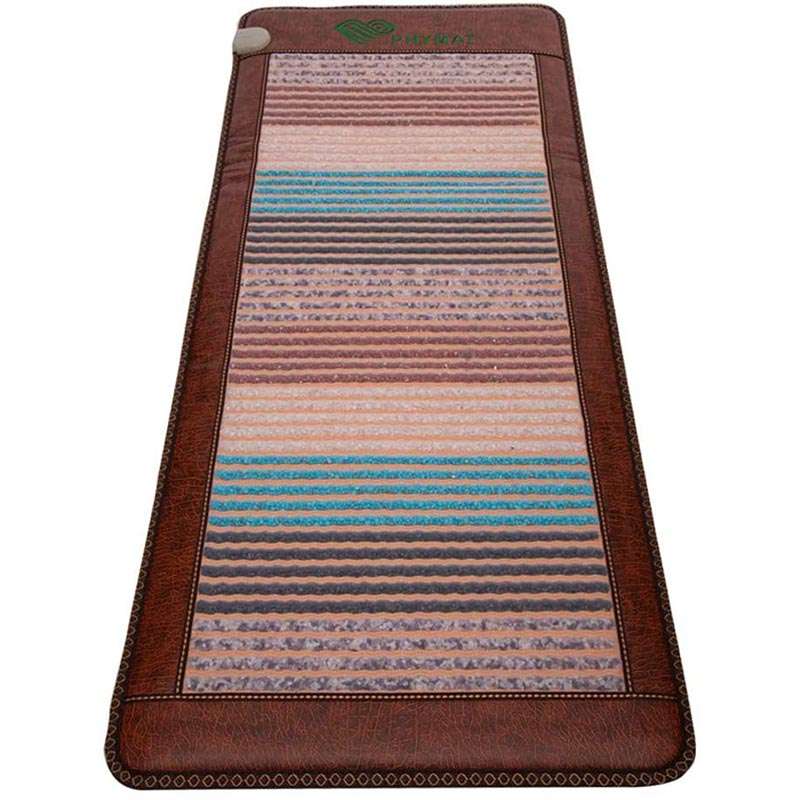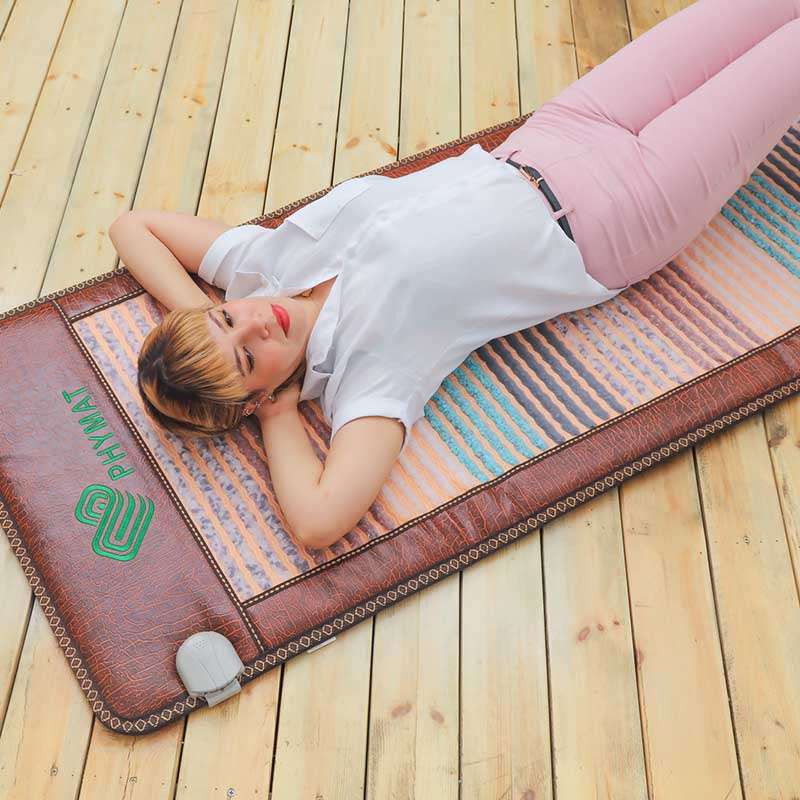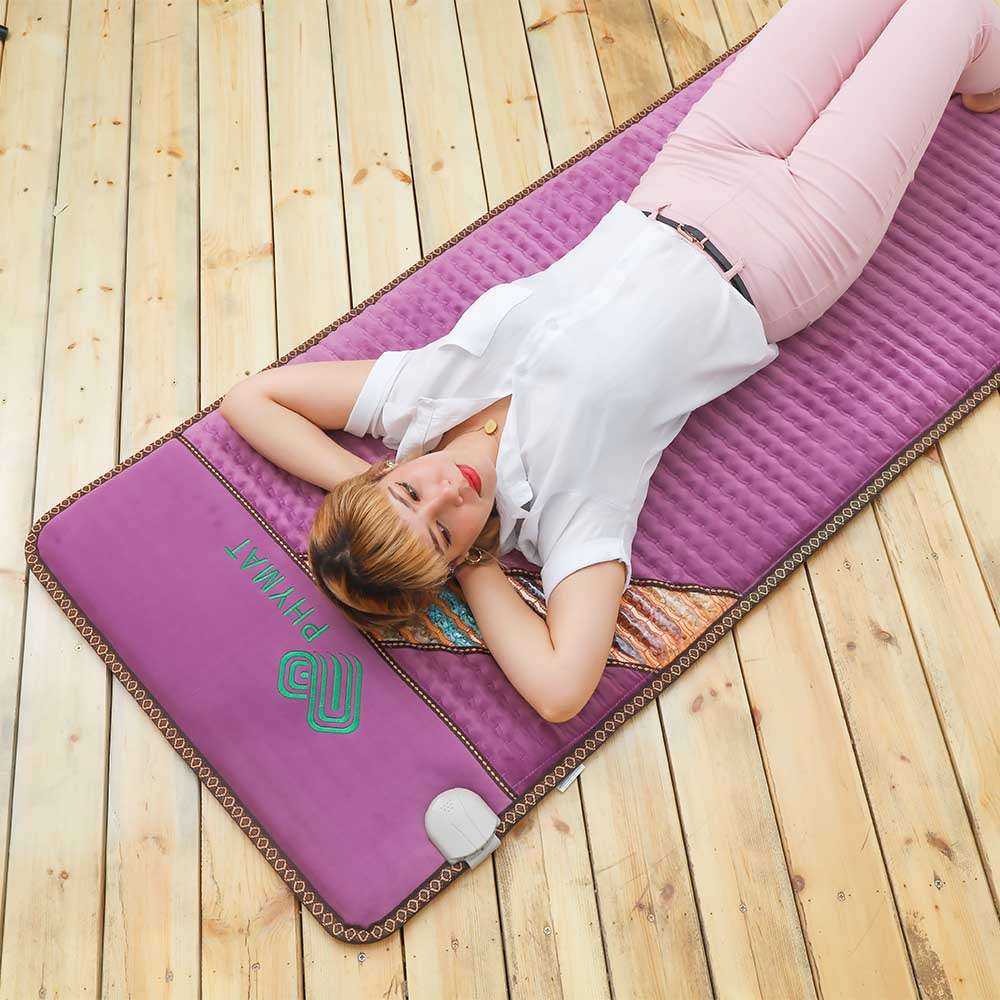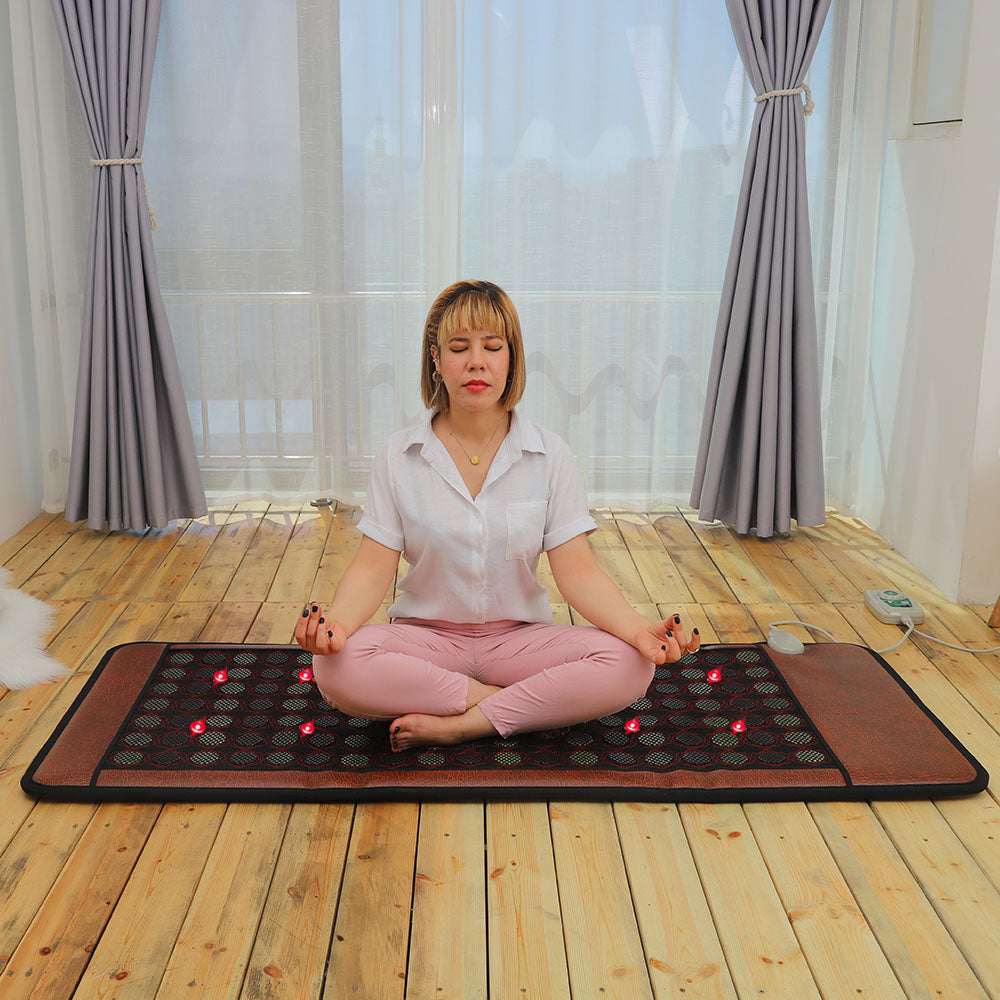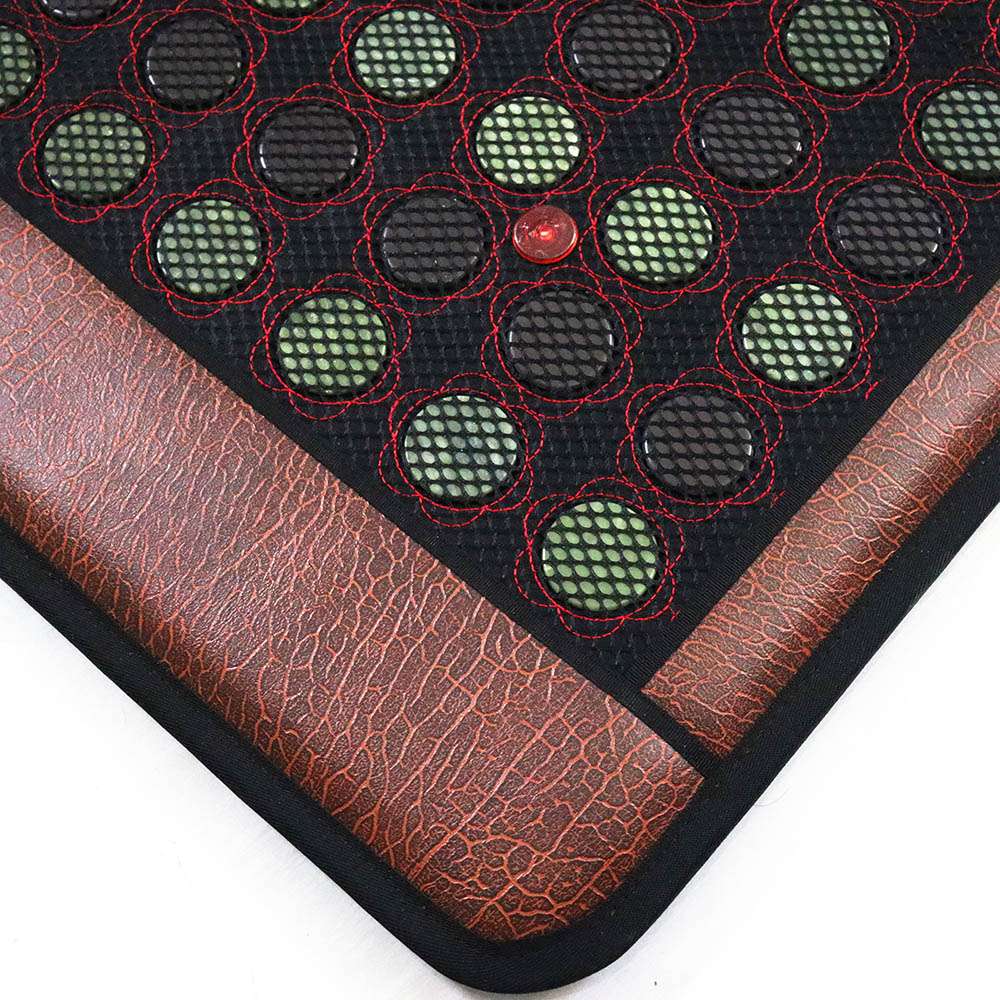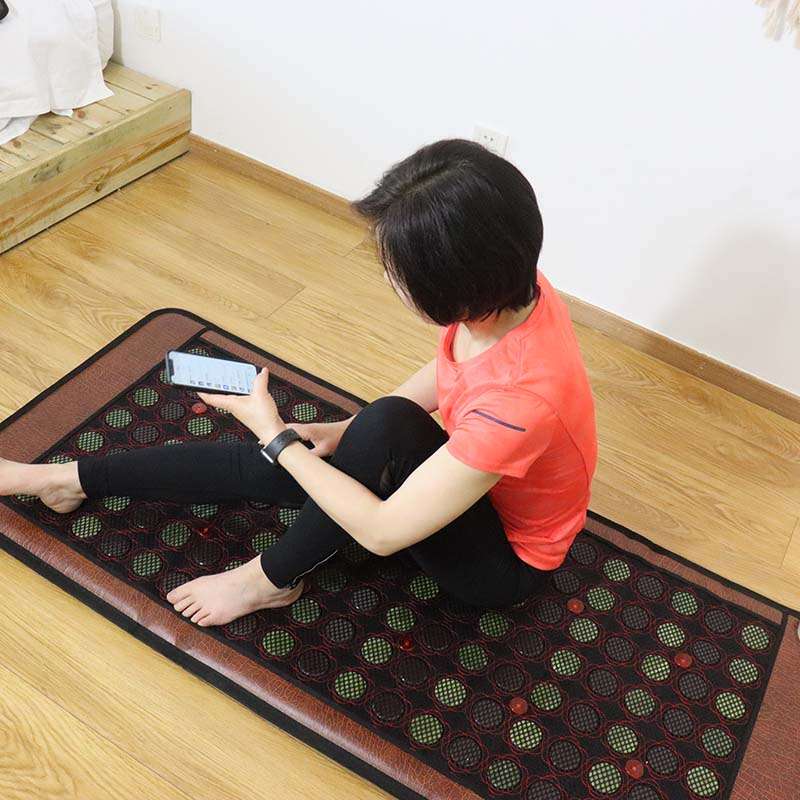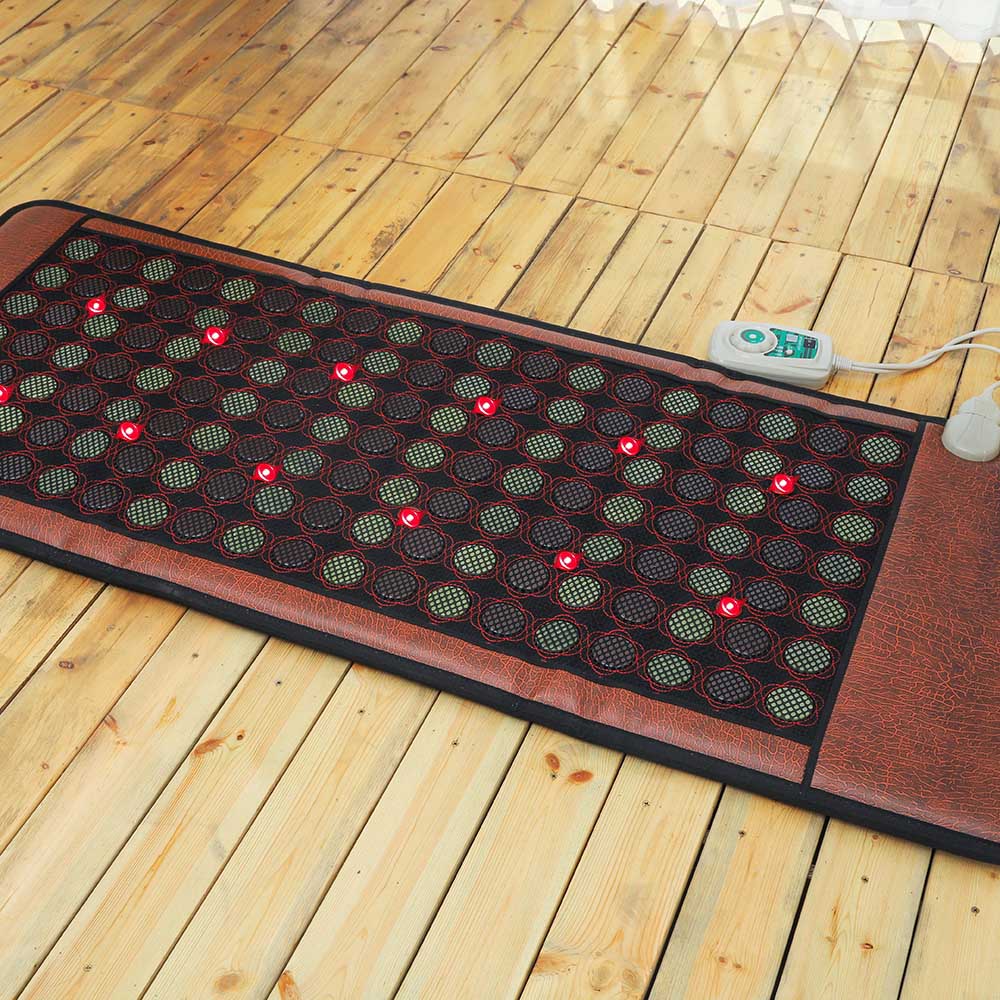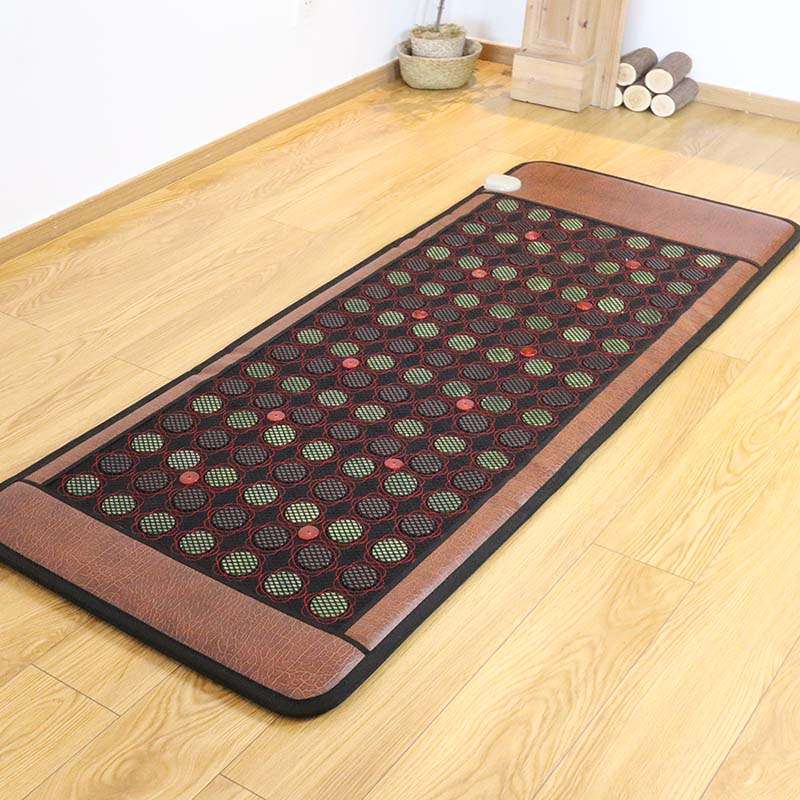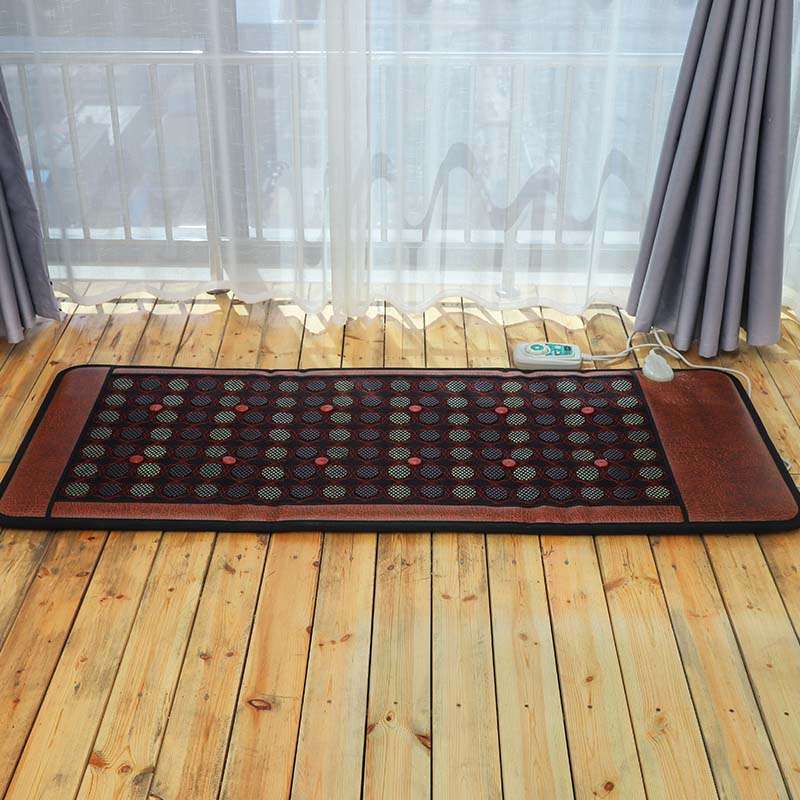Lower back pain is a fairly common health concern, as so many things can cause it.
In some cases, it might be caused by serious conditions, such as inflammatory arthritis, spondylolisthesis, endometriosis, and fibromyalgia, most cases are mechanical low back pain that is caused by:
- Disc herniations
- Pregnancy
- Muscular imbalances
- Lack of core strength
- Piriformis syndrome
- Poor lifestyle habits
Although there’re many home remedies for lower back pain, core-strengthening exercises and stretching are the most effective and natural stimuli for the healing process. Controlled, gradual and progressive exercise, rather than inactivity and bed rest, most often provides the best long-term solution for reducing back pain and preventing (or lessening) future episodes.
While stretching isn’t a remedy for all lower back pain, in many instances, it can provide relief. If you’ve been living with some mild discomfort or stiffness, these seven stretches may help reduce the pain and strengthen the muscles in your lower back.
Stretches to Relieve Lower Back Pain
It’s crucial to know how to correctly stretch to help lower back pain. Stretching for low back pain should be gentle and address fascial release, mobility, and stability in the upper and lower back. As with any new exercise program, start slowly and pay attention to how your body responds to each of the stretches below.
In addition to regular release work, doing core work to improve lumbo-pelvic stability and strengthen the glutes and legs for spinal support are key to permanently reducing your lower back pain.
Below, you will find exercises to directly stretch and strengthen the muscles in your lower back. The purpose of these exercises is to relieve tension in your lower back, as well as to provide you with a strong core foundation, rather than increase the size of your core muscles.
To increase the activation of your local and global stabilization systems during the strengthening exercises, it is important to practice the drawing-in and bracing technique:
- Drawing-In: To perform the drawing-in technique, you will want to pull your lower abdominal muscles towards your spine while keeping your spine in a neutral position throughout the movement.
- Bracing: To perform the bracing technique, you will want to contract your core muscles and hold the contraction tightly throughout the movement.
1. Child’s Pose
Child’s Pose is a gentle stretch for the back, hips, thighs, and ankles. It can help relieve back pain.
Its relaxing effect on your body also helps loosen up tight lower back muscles, promoting flexibility and blood circulation along the spine.

TO DO CHILD’S POSE, FOLLOW THESE STEPS:
- Starting on all fours in a tabletop position with the legs together and the tops of the feet on the floor.
- Sit back so that the sit bones begin to sink down towards the heels.
- Hinge at your hips as you fold the upper body forward so that the chest comes to rest on the knees, placing your arms on the floor alongside the body with the hands pointing backward, palms up towards the ceiling.
- Place the forehead on the floor. Focus on breathing deeply and relaxing any areas of tension or tightness.
- Hold this pose for up to 1 minute.
- You can do this pose several times during your stretching routine. Feel free to do it between each of the other stretches you do.
2. Trunk Rotation
Trunk rotation is a popular exercise to improve core strength, stability, flexibility, and greater mobility of the spine. You perform a trunk rotation by lying on the ground, bending your knees by engaging your core, and rotating your knees from side to side. You’ll feel the stretch in your lower back, obliques, and abs.


HOW TO PERFORM A TRUNK ROTATION?
- Lie on your back with your feet flat on an exercise mat.
- Maintain your shoulders and upper body firmly against the floor.
- Outstretch your arms and press them into the floor to help with balance during the movement.
- Engage/tighten the abdominal muscles.
- Rotate the knees slowly to one side with control, working within your range of motion. Your feet will shift but remain on the floor.
- Hold the position for 3 to 5 seconds.
- Engage/tighten the abdominal muscles to move your legs to the opposite side.
- Hold for another 3 to 5 seconds.
- Stay focused and breathe normally through the exercise.
- Repeat the exercise for a determined amount of reps, such as 10 times on each side.
3. Knee to Chest
Alternately stretching one knee into your chest at a time is great for strengthening your lower back, and relieving tension and pain.

TO PERFORM THE KNEE-TO-CHEST STRETCH:
- Lie on your back and gently bend your left knee into your chest.
- Clasp your hands in front of your shin and gently pull down to increase the stretch.
- Release any tension in your shoulders and neck.
- Keep your right leg relaxed in a comfortable position.
- Hold for five breaths and then repeat with the right knee bent.
4. Cat and Cow Stretch


YOU CAN PERFORM CAT-COW ON AN EXERCISE MAT OR ON A CARPETED FLOOR.
- Begin with your hands and knees on the floor. Make sure your knees are under your hips, and your wrists are underneath your shoulders. Begin in a neutral spine position, with your back flat and your abs engaged.
- As you inhale, let your belly soften, arch your back, and lift your head and tailbone. This part of the stretch is called cow.
- With an exhale, round your spine up to the ceiling pulling your abs toward your spine, and simultaneously tuck your tailbone in (don’t clench your tush) and tuck your chin toward your chest. This part is known as cat (think Halloween cat).
- Continue flowing back and forth from cat to cow, breathing deeply so as not to rush each movement.
- Repeat for a minute or so and then press your hips back toward your heels, coming into Child’s Pose with your arms extended in front of you.
5. Supported Bridge
Bridge Pose is a versatile yoga pose that can either be energizing or relaxing. It can be performed by using the support of blocks under the sacrum. This will allow you to open the front of your body without exerting too much effort.

- Starts with lying down on your back on a mat with your arms by your sides and your knees bent with feet flat on the floor, shoulder-width apart, and toes pointing straight ahead.
- Keeping your head and upper back firmly on the ground, lift your butt and put your prop underneath the hips (it should comfortably press against the flat part of your sacrum).
- Stay here and take a few deep breaths, completely relaxing your body into the support of the floor and the prop.
- To increase the stretch, extend one or both legs.
6. Piriformis stretch
This stretch works your piriformis muscle, which is found deep in your buttocks. Stretching this muscle may help relieve pain and tightness in your buttocks and lower back.

TO DO A PIRIFORMIS STRETCH, FOLLOW THESE STEPS:
- Lie on your back with both knees bent and your feet flat on the floor.
- Place your right ankle at the base of your left thigh.
- Then, clasp e your hands around your left thigh and pull up toward your chest until you feel a stretch.
- Hold this position for 30 seconds to 1 minute.
- Then repeat on the opposite side.
7. Seated Spinal Twist
A seated Twist is a gentle spinal twist that opens up the hips and stretches the chest, shoulders, upper and lower back. It’s a fantastic pose to alleviate pain in the neck and upper back. It’s a nice one to do every day.

- Sit upright on your mat with your legs extended in front of you.
- Bend your right knee, then cross your right leg over.
- Square your hips so they remain even.
- Reach your right arm behind you and place your fingertips on the floor, gently twisting your body to the right. Raise your left arm upward.
- Hook your left arm around your bent right knee.
- Take a deep breath and exhale as you twist further to the right.
- With each exhale, twist your body further.
- Gently release from the pose and then repeat on the other side.
8. Pelvic Tilt
Some variation of the pelvic tilt often is recommended to help treat low back pain. That’s because this simple exercise focuses on strengthening and stretching muscles of the core that are associated with discomfort in this area. What’s more, pelvic tilts are safe for just about anyone, including women who are pregnant.


TO DO A PELVIC TILT, FOLLOW THESE STEPS:
- Lie on your back with both knees comfortably bent.
- Extend your arms alongside your torso, palms facing down. The back of your head should be touching the mat and your neck should be aligned with your spine.
- Allow your back to maintain a natural curve, leaving space between your low back and the mat. You should be able to slide your hand into this space.
- Inhale. As you exhale, engage your abdominal muscles, allowing that action to tilt your tailbone upward and close the space between your low back and the mat or floor. You’ll feel a gentle stretch of your low back.
- Inhale, allowing your spine and pelvis to return to the original position.
- Do 5 to 10 repetitions.
9. Thread the Needle
Thread-the-Needle Pose (Parsva Balasana) is a great therapeutic stretch for the upper back and shoulders. It might look a little difficult to get into, but it’s actually rather gentle, and definitely worth learning if you suffer from back pain or stiffness.

- Begin in a neutral tabletop position with your hands and knees on your mat.
- Exhale to reach your right arm under your left arm.
- Lower your right shoulder and ear to the ground.
- Keep equal weight in your knees, feet straight out behind you.
- Hold for 5-10 breaths. Release back to tabletop, then repeat on the other side.
Individuals who suffer from or are at risk for chronic lower back pain commonly possess a weak core. A weak core is the direct result of a sedentary lifestyle, inefficient movement patterns, and poor posture. Therefore, if your goal is to relieve or prevent chronic low back pain, it is necessary to stretch and strengthen your core musculature.
10. Sphinx stretch
This pose helps in toning down the spine while stimulating the sacral-lumbar area. When we experience long-sitting hours, our lower back flattens down and the result is a painful back. Sphinx pose allows your body to attain the normal lower curvature of your back.

TO DO THE SPHINX STRETCH, FOLLOW THESE STEPS:
- Lay down on your stomach with feet shoulder-side apart and elbows pressed underneath the shoulders and your hands extended in front, palms facing down.
- Set your feet slightly apart. It’s OK for your big toes to touch.
- Gently engage your lower back, buttocks, and thighs as you lift your head and chest.
- Stay strong in your lower back and abdominals, breathing deeply.
- Press your pelvis to the floor.
- Gaze straight ahead or gently close your eyes.
- Hold this pose for 30 seconds to 1 minute.

